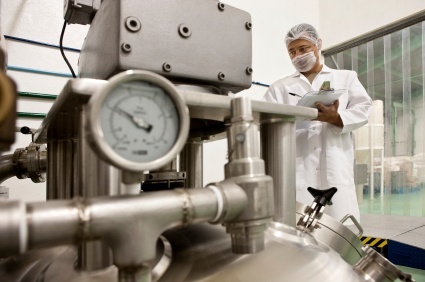1300 737 976
Call us
Live Chat
Call us

Potentially hazardous foods are foods that might contain food-poisoning bacteria and are capable of supporting growth of these bacteria, or formation of toxins, to levels that are unsafe for consumers, especially if the foods are not stored at correct temperatures. Toxins are poisonous chemicals produced by some types of bacteria.
You must ensure that the temperature of potentially hazardous food is either at 5°C or colder, or at 60°C or hotter when it is received, displayed, transported or stored.
If you cook potentially hazardous food that you intend to cool and use later, you need to cool the food to 5°C or colder as quickly as possible
The standards require food to be cooled from 60°C to 21°C in a maximum of two hours and from 21°C to 5°C within a further maximum period of four hours.
If you reheat previously cooked and cooled potentially hazardous food, you must reheat it rapidly to 60°C or hotter. Ideally, you should aim to reheat food to 60°C within a maximum of two hours to minimise the amount of time that food is at temperatures that favour the growth of bacteria or formation of toxins.
Getting control of these processes so that you eliminate or minimise the risk of creating hazardous foods has created a demand for the industry to invest in the types of temperature sensors and monitoring equipment that allows compliance to these standards.
This includes RTDs, thermocouples, infra-red thermometers, as well as data loggers, all of which can monitor the controlled temperature over a period of time, such as in the transport of frozen or chilled food.
Pyrosales has numerous products and sensors that can assist you in getting better control in your food processes, whether it be in the storage, cooking, handling or transportation.
Copyright © 2022 Created by Pepper Digital
Disclaimer – Images for illustrative purposes only and may not be representative of the actual resolution of the camera shown.